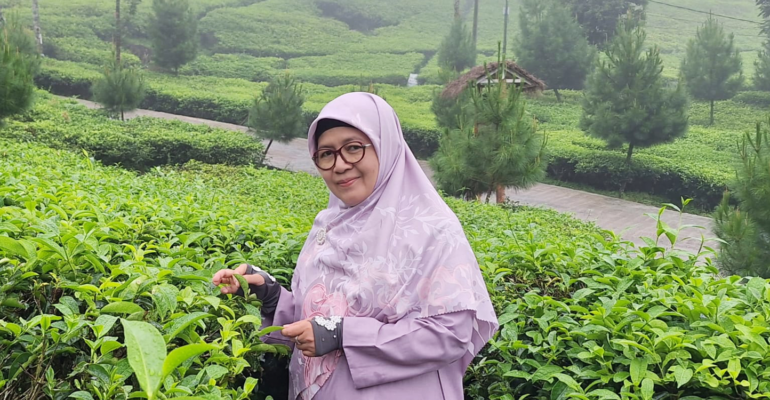IPB University Expert Reveals Fungi’s Potential in Maintaining Forest and Environmental Health

Forest Disease Science Expert who is also a Professor of the Faculty of Forestry and Environment (Fahutan) IPB University, Prof Elis Nina Herliyana, revealed that the biodiversity and potential of fungi are very important in maintaining forest and environmental health. This was revealed in the Press Conference of Pre Scientific Oration of Professor of IPB University online (20/6).
“Forest health occurs when the state of the forest is able to carry out all its functions, both soil and water protection, conservation or production,” she said.
Fungi are one of the biological riches that grow in Indonesian forests. Prof Elis said, fungi are one of the groups that have very high biodiversity.
“Fungi occupy the second position after insects. It is estimated that there are about 1.5 million species of fungi on earth. Until now, only about 7-10 percent of fungi species have been identified and collected. Most species of fungi are still unknown by the public, even by academics and researchers,” she said.
Furthermore, Prof Elis said, besides being the cause of disease in forest plants, fungi also have an important role in maintaining forest ecosystems and as a valuable economic resource.
Although as pathogens, fungi can cause losses to forest plants, their positive role is much greater. “Fungi have economic potential, especially as a source of food and medicine. More than 600 types of fungi have the potential to be used as food. About 200 species have been utilized, and 35 others have been cultivated commercially,” she said.
Prof Elis said that one form of diversity is the abundant biodiversity of fungi for the benefit of forestry and environmental development.
According to her, fungus bioprospection in Indonesia has a very bright and promising future in supporting forest and environmental health for the sustainability of human life.
“The main challenge of utilizing fungal biodiversity in the future is related to the preparation and provision of human resources with integrity and competence in their fields, as well as the spirit of cooperation with various parties,” she said. (dr/Rz) (IAAS/ZQA)



